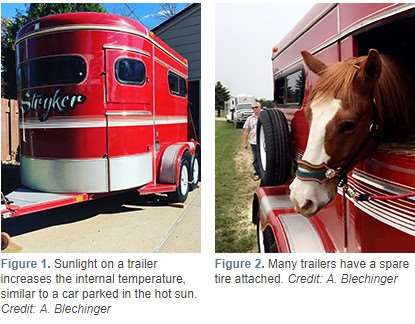By Nicolas DiLorenzo

Even in this current, somewhat depressed, cattle market, replacement females for the Florida commercial cow herd are an annual expense of approximately $400 million. Development and selection of the best females to join a productive herd is one of the most challenging aspects of a beef operation, and two of the keys for success, not surprisingly, are: 1) start early and 2) have a plan. Weaning time is not far off.
In order to achieve the target body weight for a cycling heifer at breeding, some hurdles need to be cleared. The first challenge is to achieve an ideal average daily weight gain (ADG) to avoid over-conditioning and fat deposition, while still gaining weight at a rate that would ensure achieving the target weight in a timely manner. The main reason why this can be so difficult, is because when doing calculations about typical weaning weights and dates, and desired weight at the beginning of the breeding season, this yields a very narrow target ADG in the range of 1.5 to 2.25 lbs/d. This is often referred to as the ideal rate of gain for heifers to avoid over or under conditioning.
To complicate things even further, these newly weaned heifers will need to have a high enough protein concentration in their diet to support muscle growth, which is critical in a growing animal. When all things are considered, the ideal heifer development diet should have approximately 13-14% crude protein, and an energy content that allows the target ADG already discussed. Thus, when considering the byproducts and commodities available in this area, there is not a single one that would be able to meet some of those nutritional requirements by itself without running into metabolic problems. Another challenge then, is to have access to a mixer wagon and feed storage space in order to blend an ideal diet.
Assuming that the mixer and commodity storage are not an issue, the next problem typically is time and labor to limit feed the heifers to avoid excessive weight gains. It is possible to provide free choice feeds to target the optimal gains, but this needs to be done carefully so that nutrients are well balanced in the total mixed ration (TMR). At the University of Florida-NFREC, heifers have been developed over the last 5 years feeding a free choice diet comprised of 51% fiber pellets (AFG Feed, LLC), 22% soyhull pellets, 22% corn gluten feed pellets, and 5% of a supplement to balance minerals and provide the ionophore monensin. With this diet (13% CP, 55% TDN), heifers have ranged from 2 to 2.45 lb/d in the last few years. While these rates of gain are on the higher end of the ideal, they provide a great opportunity for the use of byproducts. There is also an option to add more fibrous ingredients (ground hay, cottonseed hulls, etc.) to decrease the rate of gain and reduce the cost of the diet.
Another approach that has been successful for many years is the use of winter annuals such as oats, triticale, rye or combinations of those. The rates of gain on a typical year (not the case of the last spring) for cattle on winter annuals are usually in the correct range (1.7-2.2 lb/d), and protein usually is not limiting. The use of winter annuals for heifer development provides a great opportunity for producers in the Panhandle, however given the variability in weather from year to year, and assuming irrigation is not an option, it may be important to have a backup plan to avoid arriving at the beginning of the breeding season with heifers in sub-optimal condition.
Take Home Message
Developing heifers with the use of byproduct feeds and commodities is an attractive option in the Panhandle of Florida. The rate of weight gain for developing heifers needs to be considered carefully, so it is imperative to plan ahead to have the feed resources available to achieve 1.5 to 2.25 lbs/hd/d. The use of winter annuals also provides an opportunity for heifer development in North Florida, considering the nutritive profile of most of those forages. However due to the reliance on adequate rainfall, it is a good idea to have a back up plan, if the forage production is not optimal.
Source: ufl.edu